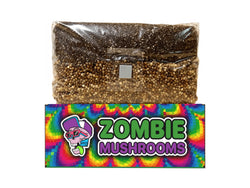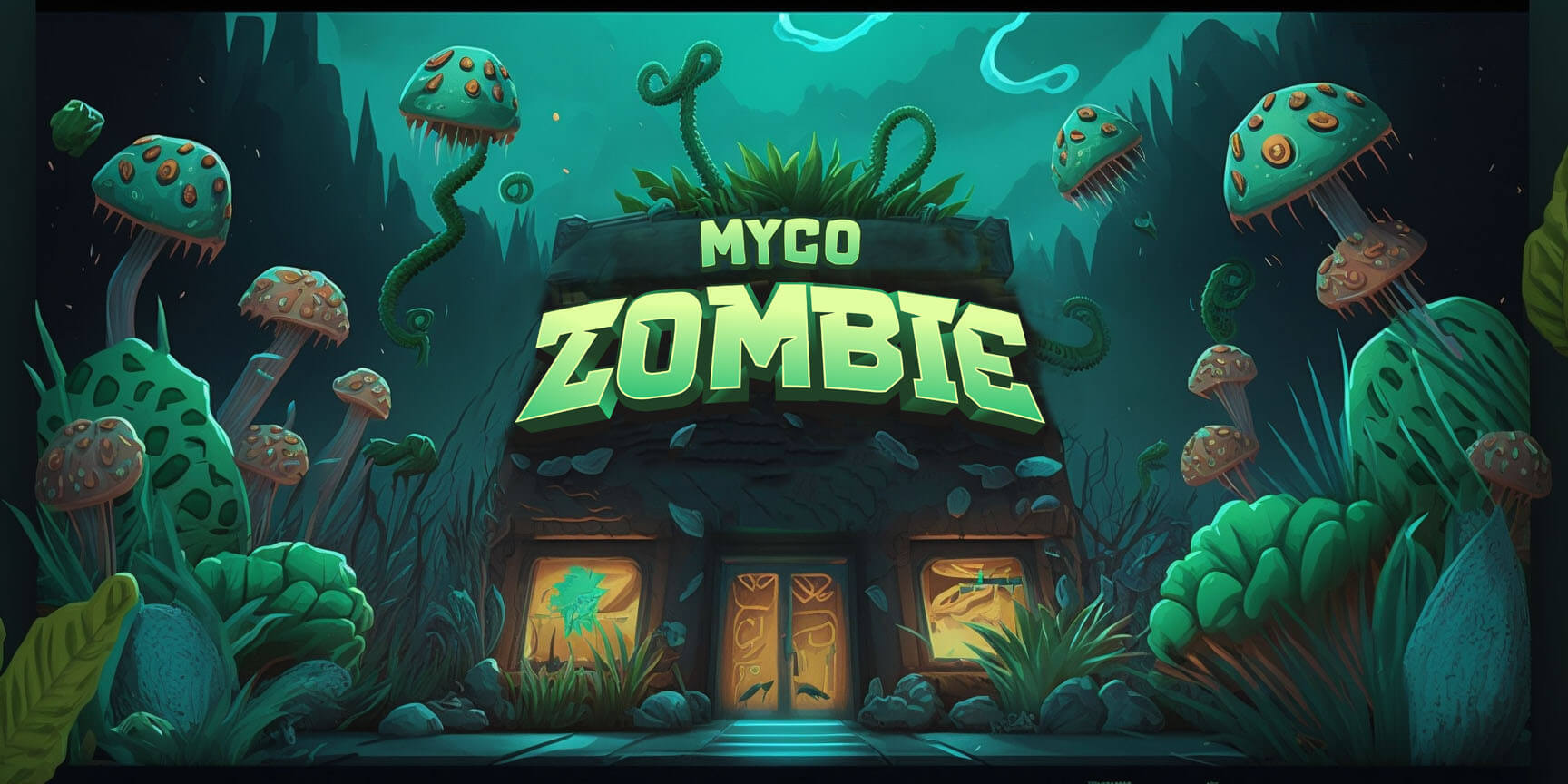- A historic 11% of young adults used marijuana daily in 2021—a record high.
- Hallucinogen use among young adults rose to 8%, driven by renewed interest in psychedelics.
- Experts warn that daily marijuana and hallucinogen use may affect brain development and mental health.
- Vaping statistics in 2021 show a rebound in nicotine use among young adults post-pandemic.
- Legalization and cultural shifts are changing perceptions of safety, leading to increased normalization.
Marijuana, hallucinogens, and vaping experienced a dramatic spike among young adults in 2021. This increase mirrors wider shifts in mental well-being, cultural attitudes, and coping mechanisms in the aftermath of the COVID-19 pandemic. As interest in psychedelics and wellness-focused substances grows, it’s vital to understand both the risks and potential advantages of these behavioral shifts. These trends reveal more than just substance use—they highlight the evolving ways young adults are managing stress, redefining consciousness, and reclaiming control over their mental well-being.

Marijuana Use Reaches Historic Levels
In 2021, daily marijuana use among young adults aged 19 to 30 reached 11%, the highest point recorded since the Monitoring the Future survey started tracking this age group (Schulenberg et al., 2022). This increase is significant—not just because it reflects trying new things, but because it points to consistent, established use.
Daily marijuana use suggests dependency in some cases and highlights how deeply marijuana has become part of the daily lives of young people. In comparison to alcohol or cigarettes, marijuana is often seen as a “healthier” option. This view, whether correct or not, plays a critical part in how commonly it’s used for both fun and therapeutic reasons.
From an epidemiological viewpoint, these usage patterns raise concerns. Regular marijuana use may result in a condition known as cannabis use disorder. This condition affects motivation, cognitive functioning, and mood regulation over time. Frequent cannabis consumption—especially during important phases of brain development—can disrupt memory formation, attention, and even emotional processing.
A Closer Look: Legalization, Social Media, and Risk Perception
The rapid increase in marijuana use isn’t occurring in isolation. The cultural and legal context plays a significant role. As of 2024, marijuana has been legalized for recreational use in 24 U.S. states and for medical use in 38 states. This normalization through policy, along with decriminalization efforts, lessens the perceived danger of regular use among young adults.
Social media has also sped up this shift. Platforms like TikTok, Instagram, and YouTube show influencers who openly discuss marijuana use, often presenting it as part of self-care routines or productivity tips. Cannabis “coaches” and lifestyle personalities promote different forms of marijuana consumption—edibles, tinctures, dabs—as if they were part of a morning wellness routine.
However, this normalization can create blind spots. High-potency marijuana products, particularly concentrates with THC levels exceeding 70%, have been connected to increased mental health issues. These include anxiety, depression, and psychosis, especially in individuals with genetic predispositions or a family history of psychiatric disorders.
A Generational Shift: Marijuana as a Coping Mechanism
The pandemic period brought on unprecedented stressors: academic and job uncertainty, isolation, and health-related anxieties. Many young people turned to marijuana not just for fun, but as a coping mechanism. Surveys show increasing numbers of users mention reasons like anxiety relief, emotional regulation, and sleep improvement as main reasons for use.
This shift toward self-medicating with cannabis reflects both a growing mental health concern and a gap in accessible, affordable mental healthcare. While marijuana might offer temporary relief, relying on it long-term without clinical guidance can complicate emotional resilience and delay more lasting interventions like therapy, lifestyle changes, or mindfulness techniques.

Rise in Hallucinogen Use: What’s Fueling the Boom?
Hallucinogen use among young adults saw a rise to 8% in 2021, a level never before recorded in the Monitoring the Future survey's 40-year history (Schulenberg et al., 2022). This includes a range of substances—from LSD and MDMA to naturally occurring psychedelics like psilocybin mushrooms.
This sudden uptick isn't by chance. Several factors have come together
- Psychedelic Research Renaissance: Reputable institutions like Johns Hopkins University, New York University, and Imperial College London have taken the lead on strong scientific studies into the therapeutic possibility of psychedelics. Early results have shown encouraging outcomes for treatment-resistant depression, PTSD, addiction, and end-of-life anxiety.
-
De-stigmatization & Policy Shifts: In 2020, Oregon became the first state to legalize psilocybin for therapeutic use. At the same time, cities like Oakland, Denver, and Santa Cruz have decriminalized entheogenic plants and fungi, indicating a shift in public policy that may soon affect national drug laws.
-
Microdosing Culture: Across campuses and in entrepreneurial circles, microdosing has become common. Unlike traditional "tripping," microdosing involves taking sub-perceptual doses of substances like LSD or psilocybin to improve creativity, empathy, focus, and emotional stability.
-
Spiritual and Self-Exploration Trends: Post-pandemic existential questioning, a focus on inner healing, and increased discussions on trauma and personal growth have made it easier for psychedelics to be popularized not only as “drugs” but as ways to gain insight, spiritual awakening, or emotional release.
The Risks: A Murky of Access and Safety
Despite the positive headlines, the increase of hallucinogen use is not without risks. Psychedelics alter perception, cognition, and mood—effects that are deeply affected by a person’s psychological state and physical environment, often called "set and setting." Without proper education or guidance, negative experiences such as anxiety, trauma reactivation, dissociation, and even psychosis can happen.
Furthermore, most of the substances used recreationally are still accessed through illegal or unregulated markets. The risk of adulteration—especially with substances like MDMA (which is often laced with methamphetamine or synthetic cathinones)—poses a major health threat. Unlike therapy-based psychedelic sessions, recreational use is often unplanned and unsupervised.
Youth and Brain Development: A Critical Window
Young adults are in a key phase of brain development. During this time, the prefrontal cortex—a region responsible for decision-making, impulse control, and emotional regulation—continues to mature into the mid-20s. Regular consumption of marijuana or hallucinogens during this period can alter neural pathways and reduce long-term cognitive flexibility.
Frequent use of psychoactive substances may disrupt dopamine receptors and lessen motivation, memory, and learning. This is especially concerning given the simultaneous increase in mental health issues like anxiety and depression among young adults. While some seek these substances for relief, there's growing concern from public health experts about the long-term neurocognitive consequences.
Insight and intention, along with proper education, are important to decrease the risks of uninformed use.
Vaping Statistics 2021: A Surprising Comeback
After a notable dip in 2020, vaping made a strong return in 2021. Around 16% of young adults reported nicotine vaping within the past month, reversing prior downward trends (Schulenberg et al., 2022).
This rebound is attributed to multiple connected factors
- Post-Pandemic Stress Relief: As young people re-entered social settings, many reintroduced or increased nicotine use as a way to deal with anxiety or adjust to social interactions.
- Accessibility: Vaping devices are compact, discreet, and easy to use. This increases the chance of frequent, unconscious use.
- Flavor Appeal: Popular vape brands continue to market in youth-friendly flavors like mango, mint, and tropical punch—addicting both in sensation and in perception.
The long-term health effects of vaping are still becoming clear. New data suggests links to lowered lung function, tissue inflammation, and cardiovascular strain. In severe cases, users may develop EVALI (e-cigarette or vaping-associated lung injury). This condition can require hospitalization.
Vaping statistics in 2021 also reveal an increase in marijuana vaping. This further complicates the safety profile of these devices. Inclusion of THC in vape products raises concerns about dose regulation and additive exposure, particularly vitamin E acetate, which has been connected to many vaping-related illnesses.

Alcohol Consumption: Flattening or Declining?
In contrast to rising drug and nicotine use, alcohol consumption among young adults appears to be stabilizing—or even decreasing slightly. Binge drinking, considered consuming five or more drinks within two hours for men (four for women), held steady or reduced slightly in 2021 when compared to drug use trends (Schulenberg et al., 2022).
This may suggest a cultural shift away from alcohol as the main social lubricant. Instead, young adults are increasingly turning to cannabis and psychedelics, which they see as healthier, less socially damaging, or more introspective substances.
The decline may also reflect changing values. Many Gen Z users are emphasizing wellness, clarity, and intentional living over escapism or binge-drinking culture.

Consciousness Responsibly: Mushrooms as a Gateway to Wellness
What’s unique about the mushroom movement is that it allows for a non-psychoactive way into natural healing. Gourmet and medicinal mushroom cultivation—whether lion’s mane for neuroprotection, reishi for immune support, or cordyceps for energy—can be added into daily life without the risks associated with altered consciousness.
Home cultivation kits allow individuals to actively take part in their healing by growing organic, functional mushrooms in safe, legal settings. The process is not only educational, but also meditative—a way to reconnect with nature and the cycles of life.
At Zombie Mushrooms, we believe in the power of fungi to promote cognitive clarity and emotional well-being—from bench to grow bag.

Why Young Adults Are Turning Toward Mind-Altering Substances
Look deeper into the data and one common thread comes forward: young adults are moving through an uncertain world. Economic instability, anxiety about the environment, rising inequality, and social disconnection are reshaping what it means to grow up today.
Rather than simply using substances to escape, many young people are using them to engage—with their trauma, their aspirations, their deeper selves. This isn’t always done safely, but it comes from a real wish to improve mental health and seek meaning in a disoriented world.
Public health systems, educators, and families must recognize the therapeutic reasons behind this investigation, providing resources for safe, informed involvement rather than depending only on criminalization or abstinence-based narratives.
Policy Implications and the Road Ahead
Public opinion polls indicate growing support for the legalization of psychedelics and the continued expansion of cannabis law reforms. Oregon’s psilocybin program, set to begin giving guided sessions statewide, may become a model for others. Discussions in Colorado, California, and Washington D.C. suggest wider decriminalization could be coming soon.
With great access comes great responsibility. Policymakers, health organizations, and advocacy groups must make sure that legalization is matched with education, regulation, and infrastructure that prioritize harm reduction.
Mental health first aid training, therapeutic integration practices, and access to lab-tested substances via legal dispensaries can greatly reduce risks associated with unsafe or uninformed use.
Zombie Mushrooms’ Perspective
At Zombie Mushrooms, we advocate for intentional, informed investigation of the mushroom kingdom. While we do not sell psychoactive substances, our mission is to give people power through knowledge, cultivation tools, and connection to nature.
Whether you're growing lion’s mane for brain health or cultivating oyster mushrooms for sustainable food, fungi offer a unique way to improve life—grounded, accessible, and surprisingly transformative. We believe that education, not fear, is the most effective tool in moving through this expanding area of mental and emotional wellness.
Final Thoughts: Should We Be Worried?
The rise in marijuana use in young adults, increasing hallucinogen use trends, and concerning vaping statistics in 2021 shouldn't be ignored. But automatic fear is not the right way forward. These patterns reflect larger trends in wellness culture, mental health urgency, and the human search for connection.
The better question might be: How can we support young adults in using these substances—if they choose to—with safety, knowledge, and intention?
If you’re curious about making your wellness path deeper in a grounded way, start with something accessible and educational. Our beginner-friendly mushroom grow kits offer one of the simplest ways to get involved with natural healing, learning, and curiosity—no psychedelics required.
Citations
Schulenberg, J.E., et al. (2022, August). Monitoring the Future national survey: marijuana and hallucinogen use among young adults reached all time-high in 2021. National Institute on Drug Abuse. https://nida.nih.gov/news-events/news-releases/2022/08/marijuana-and-hallucinogen-use-among-young-adults-reached-all-time-high-in-2021




